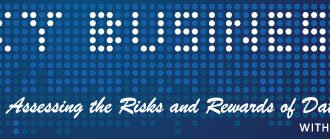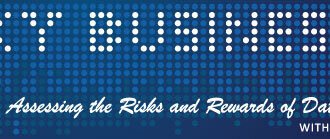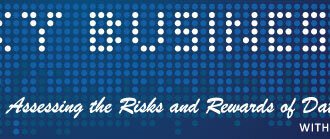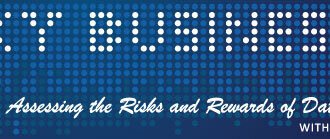

In J.R.R. Tolkien’s “The Hobbit,” Smaug the magnificent dragon sits on his nearly unlimited hoard of treasure and coins and tells “burglar” Bilbo Baggins to “help (himself) again, there’s plenty and to spare.” While it’s certainly true there are many things in this world that are physically scarce, when it comes to living in the information age, we need to retrain our minds to ditch scarcity thinking and instead embrace “sky’s the limit” abundance.
Most of us have been taught there are resource constraints for things such as time, talent and natural items such as land, fresh water and more. And of course, there are very real limits to some of these items. However, we currently live in an information age. And in this era, some of our previous thought patterns no longer apply.
Take for instance, the ability to have an ocean of knowledge at our fingertips. With non-networked computers or and other devices, we’re limited to the data at hand, or the storage capacity of these devices. But add in a dash of hard-wired or wireless networking and suddenly physical limits to knowledge disappear.
Apple’s Siri technology is a compelling case in point. Using the available processing power of an iPhone (which by the way is considerable), Siri could arguably answer a limited amount of questions based on data in flash storage.
But open up Siri’s natural language processing (the bulk of which is done in the cloud) and suddenly if Siri can’t understand you, or doesn’t know an answer, the web may provide assistance. By leveraging cloud computing and access to the internet, Siri brings a wealth of data to users, and even more intelligence to Apple by capturing all queries “in the cloud” and offering an immense data set for programmers to tune and improve Siri’s capabilities.
It used to be that TV airtime was in short supply. After all, there are only so many channels and airtime programming slots for content, especially during primetime hours. And there’s still an arduous process to create, discover and produce quality content that viewers will want to watch during these scarce blocks of time.
Without regard to conventional thinking, YouTube is turning this process on its head. A New Yorker article details how YouTube is growing its market presence by offering unlimited “channels” that can be played on-demand, anytime and anywhere. “On YouTube, airtime is infinite, content costs almost nothing for YouTube to produce and quantity, not quality is the bottom line,” explains author John Seabrook. Content watching then (whether via YouTube, Netflix, DVR, Slingbox etc), is no longer constricted to certain hours, and in effect time is no longer a constraint.
In the past, the music we liked was confined to physical media such as records or compact discs. Then MP3 players such as the iPod expanded our capabilities to listen to more music but were still confined to available device storage. That’s scarcity thinking. Now with wireless networking access, there are few limits to listening to our preferred music through streaming services such as Pandora, or renting music instead of owning it on CD. Indeed, music subscription services are becoming the dominant model for how music is “acquired”.
There are still real limits to many valuable things the world (e.g. time, talent, money, physical resources, and even human attention spans). Yet even some of these items are artificially constrained by either politics or today’s business cases.
The information age has brought persons, businesses and societies elasticity, scalability, and the removal of many earlier capacity constraints. We seem to be sitting squarely on Smaug’s unending stack of treasure. But even in the great Smaug’s neck there was a gaping vulnerability. We’ll still need to use prudence, intelligence and far-sighted thinking in this age of abundance, with the understanding that just because some of our constraints are removed, that doesn’t necessarily mean we should become gluttonous and wasteful in our use of today’s resources.











